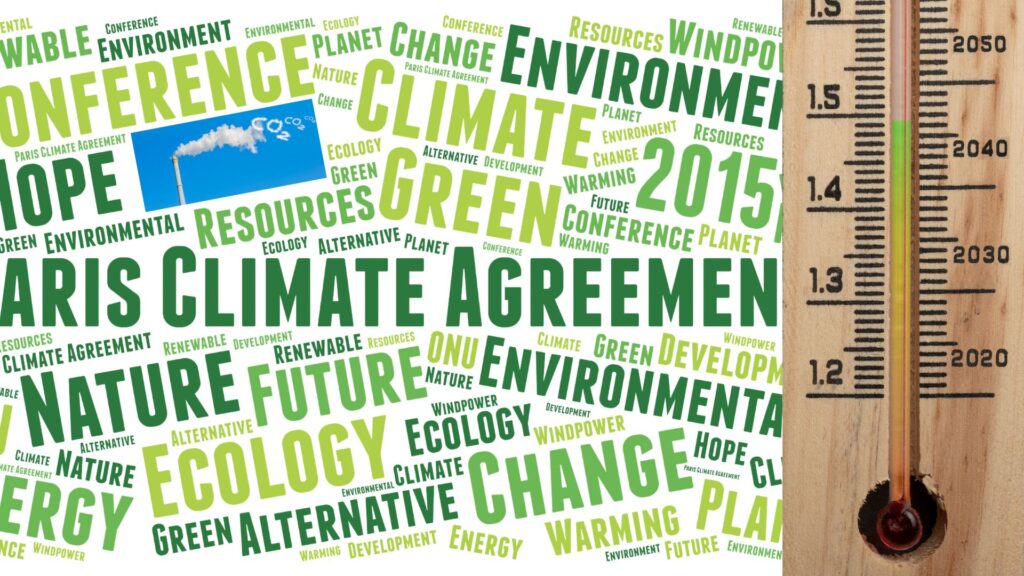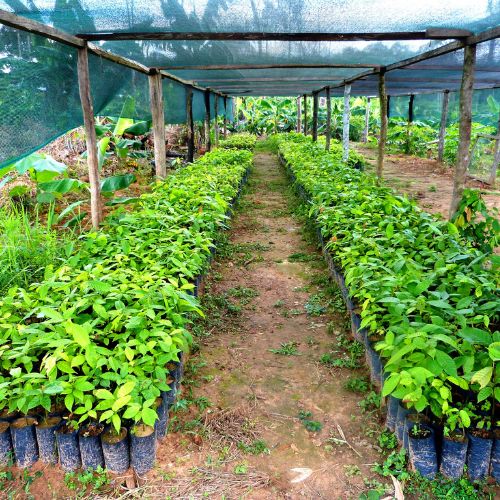Unveiling the Overlooked Significance of CDR Post-Paris Agreement
In the wake of the Paris Agreement of 2015, the focus on mitigating climate change primarily centered around curbing emissions. However, a significant revelation has emerged in recent years, reshaping the landscape of climate action: the overlooked significance of carbon-dioxide removal (CDR).
Genesis of Realization: The Paris Agreement and Diverging Goals
The genesis of this realization can be traced back a few years, following a provision in the Paris Agreement that spurred discussions and contemplation among experts in the field. The agreement, ambitiously aiming to cap global warming at 2°C above pre-industrial levels, encountered a divergence of opinions. While developed nations advocated for this cap, certain vulnerable regions, notably small island nations, fervently pressed for a stricter target of 1.5°C. The rallying cry, “1.5 to stay alive,” echoed through the halls, underscoring the existential stakes for these at-risk communities.
Compromise and Awakening: The Evolution of Climate Strategies
Ultimately, the compromise settled on the goal of “well below 2°C,” incorporating a commitment to make earnest endeavors toward the 1.5°C threshold. However, it wasn’t until later that the implications of this compromise fully resonated within the climate science community. The need for urgent action to not just limit emissions but also actively remove excess carbon dioxide from the atmosphere became increasingly apparent.
CDR’s Imperative Role: Augmenting Traditional Mitigation Efforts
This awakening marked a pivotal shift in climate strategies, as experts recognized the imperative role of CDR technologies in augmenting traditional mitigation efforts. Various methods, from afforestation and reforestation to direct air capture and enhanced mineralization, garnered attention as potential avenues for actively reducing atmospheric carbon levels.
Intensified Focus: Accelerating Efforts on CDR Solutions
As the world confronts the escalating climate crisis, the spotlight on CDR has intensified. Governments, researchers, and environmental organizations are allocating resources and accelerating efforts to explore, develop, and implement viable CDR solutions. The evolution from an initial Paris Agreement compromise to the current recognition of CDR as a crucial element in combating climate change underscores the evolving nature of climate discourse and policy formulation.
Challenges and Considerations: Addressing Hurdles in CDR Implementation
However, challenges persist. Questions regarding the scalability, feasibility, and ethical implications of deploying large-scale CDR technologies linger, demanding comprehensive deliberation and responsible implementation.
Transformative Phase: CDR’s Integration into Climate Action
The journey from the Paris Agreement’s ambitious goals to the recognition of CDR’s indispensable role reflects a transformative phase in climate action—one that necessitates a holistic approach, international collaboration, and innovative solutions to safeguard the planet’s future.
Turning Point: CDR as a Catalyst for Comprehensive Climate Solutions
The integration of CDR into the climate narrative marks a turning point, signifying a collective determination to address climate change comprehensively. As the urgency amplifies, the focus on CDR stands as a testament to humanity’s resolve to not just limit warming but actively restore the planet’s equilibrium.
Conclusion: Propelling CDR Innovations for Climate Resilience
This newfound recognition serves as a clarion call to propel CDR innovations forward, reinforcing the imperative of sustainable practices and resilient strategies in the fight against climate change.
Contact Us for Expert Assistance in CDR Strategies
For those seeking guidance or support in navigating the complexities of carbon-dioxide removal strategies or delving deeper into climate action initiatives, our team is here to assist. Whether it’s understanding CDR technologies, strategizing sustainable practices, or contributing to the global fight against climate change, contact us to explore how we can collaborate towards a more resilient and sustainable future. Contact us here.


